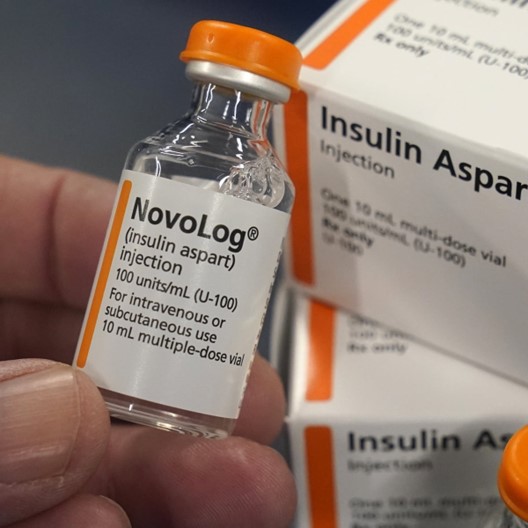A nurse is preparing to administer Lactated Ringer's solution IV to infuse at 120 mL/hr for a client who has a respiratory disorder. The drop factor in the manual IV tubing is 60 gtt/mL. The nurse should set the flow rate to deliver how many gtts/min?
20 gtt/min.
30 gtt/min.
120 gtt/min.
50 gtt/min.
The Correct Answer is C
The nurse should set the flow rate to deliver 40 gtts/min.
This can be calculated by multiplying the infusion rate (120 mL/hr) by the drop factor (60 gtt/mL) and then dividing by the number of minutes in an hour (60 min/hr): (120 mL/hr) * (60 gtt/mL) / (60 min/hr) = 120 gtt/min
Choice A is not the best answer because setting the flow rate to deliver 20 gtts/min would not provide the desired infusion rate of 120 mL/hr.
Choice B is not the best answer because setting the flow rate to deliver 30 gtts/min would not provide the desired infusion rate of 120 mL/hr.
Choice D is not the best answer because setting the flow rate to deliver 50 gtts/min would provide a higher infusion rate than desired.
Nursing Test Bank
Naxlex Comprehensive Predictor Exams
Related Questions
Correct Answer is B
Explanation
To calculate the number of tablets the nurse should administer per dose, you need to divide the prescribed dose of digoxin (0.25 mg) by the amount of digoxin available in each tablet (0.125 mg/tablet).
This gives you a result of 0.25 mg / 0.125 mg/tablet = 2 tablets.
Choice A: 1 is not the answer because 0.25 mg / 0.125 mg/tablet = 2 tablets.
Choice C: 3 is not the answer because 0.25 mg / 0.125 mg/tablet = 2 tablets.
Choice D: 4 is not the answer because 0.25 mg / 0.125 mg/tablet = 2 tablets.
Correct Answer is ["A","B"]
Explanation
The current vial of insulin in use can be stored at room temperature for up to 28 days.
Unopened vials of insulin should be stored in the refrigerator to maintain their potency until their expiration date.

Choice C is not the correct answer because the current vial of insulin does not need to be discarded after six doses have been taken.
Choice D is not the correct answer because unused vials of insulin do not need to be returned to the healthcare provider’s office for disposal.
Whether you are a student looking to ace your exams or a practicing nurse seeking to enhance your expertise , our nursing education contents will empower you with the confidence and competence to make a difference in the lives of patients and become a respected leader in the healthcare field.
Visit Naxlex, invest in your future and unlock endless possibilities with our unparalleled nursing education contents today
Report Wrong Answer on the Current Question
Do you disagree with the answer? If yes, what is your expected answer? Explain.
Kindly be descriptive with the issue you are facing.
